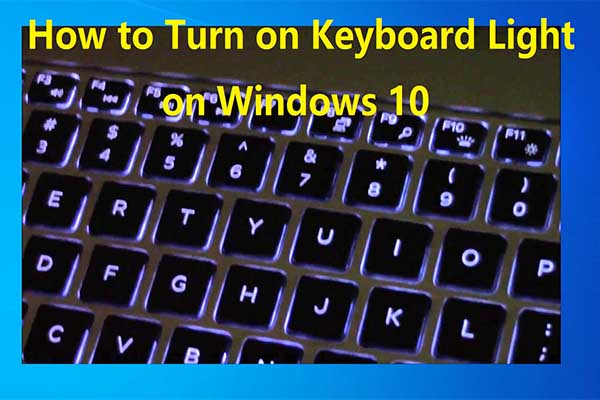

It probably doesn't help that the so-called 'English layout' seems to have more in common with a traditional US layout than a UK one (half-height Enter keys are the DEVIL), but a lot of my early hours with the keyboard were either spent going back over mistakes I'd made because I'd misjudged the spacing, or just generally getting bogged down with each subsequent key press. In this sense, they almost have more in common with Cherry's bumpy MX Brown switches, as you can feel a distinct kind of step occur before you reach the end of a key press.ĭoes this make the Sequencer more pleasant to type on? In some ways, yes, as I know exactly when I've pressed each key, but I also felt that, for all of HP's super duper speed claims, my typing speed actually slowed down because of it. Indeed, if I were to put on the much more common Cherry MX scale of loud to deafening, the Sequencer would definitely be up there at the latter end of the spectrum alongside, if not beyond, the Cherry MX Blue switch.įor all their noise and irritation, however, the Sequencer's optical mechanical switches do provide a welcome level of tactile feedback for general typing - much more so than their linear Blue rivals. Needless to say, though, if you're not so fond of the CLICKIES and the CLACKIES you may want to consider a slightly quieter keyboard. In fairness, I wouldn't say the Omen Sequencer was any more grating on the ears than the Razer Huntsman, which was also of the optical-mechanical switch persuasion.

The only thing that's really important to me is how much noise they make and how easy they are to type on (okay, two things) - and man alive does the Sequencer make one hell of a racket. In truth, I can barely tell the difference between regular mechanical keyboard switches, let alone detect whether one's 10x quicker than the other. They fail to mention the specific brand of switch they actually tested it against, but it sure makes for some compelling marketing copy. In the Sequencer's case, HP claim its 0.2ms response time makes it 10x faster than your regular mechanical switch.

The idea is to give both of them lightning fast response times, as the lack of moving parts means that each device's respective switches can reset a lot quicker than their fully mechanical counterparts.

HP Omen seem to be going all in on optical mechanical peripherals this year, as they've not only gone and stuck a bunch of light beams in their Omen Reactor gaming mouse, but their new Omen Sequencer keyboard is absolutely chock full of them.


 0 kommentar(er)
0 kommentar(er)
